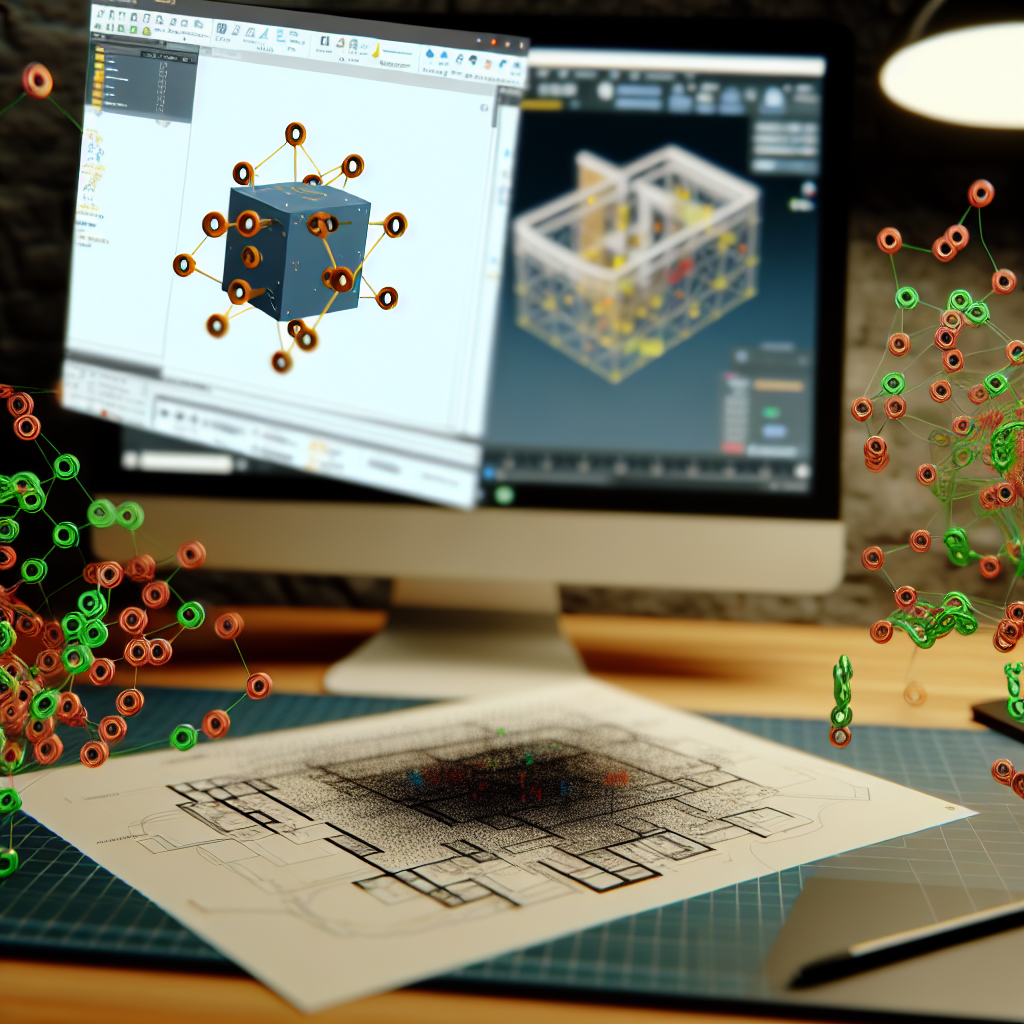Streamlining Building Design with Dynamo: Automate Your Revit Workflow
Automation is revolutionizing the architecture, engineering, and construction industries, with Dynamo emerging as a powerful tool to optimize Revit workflows. By leveraging Dynamo, professionals can create custom scripts that automate repetitive tasks, improve accuracy, and accelerate project delivery. In this article, we explore how to effectively automate your Revit workflow using Dynamo.
Harnessing Dynamo for Efficient Revit Automation
Dynamo is an open-source visual programming environment integrated with Autodesk Revit. It enables users to create custom workflows through a node-based interface, making complex tasks more manageable without extensive coding knowledge. The transition from manual to automated processes through Dynamo can significantly enhance project efficiency and consistency.
One of the core advantages of Dynamo is its ability to handle repetitive tasks—such as parameter modifications, object creation, or data extraction—more swiftly than manual intervention. For example, automating model updates or generating dynamic schedules can reduce errors and save time. This capability allows architects and engineers to focus more on design quality and innovation rather than mundane tasks.
Developing Custom Scripts for Your Revit Projects
To fully benefit from Dynamo, practitioners should understand how to develop tailored scripts aligned with their project requirements. This process involves identifying repetitive activities or data-driven tasks that can be automated and then translating these into Dynamo graphs. Elements such as list management, geometry creation, and parameter automation form the backbone of effective Dynamo scripts.
Begin by examining small, repetitive workflows within your Revit project. For instance, if you frequently place similar door or window families, a Dynamo script can automate placement schedules based on custom parameters. Integrating Dynamo with Revit’s API allows for more advanced and sophisticated automation, enabling dynamic updating of models, layers, or even annotation styles.
It’s also crucial to ensure your scripts are maintainable and adaptable over time. Document your Dynamo graphs, test thoroughly, and stay updated with new nodes and features released by the Dynamo community. This approach guarantees long-term efficiency gains and minimizes troubleshooting efforts.
Conclusion
Automating Revit workflows with Dynamo empowers professionals to save time, reduce errors, and unlock new levels of productivity. By understanding Dynamo’s capabilities and developing customized scripts, users can streamline repetitive tasks and enhance project quality. Embracing automation is essential for staying competitive in today’s fast-paced AEC industries, and Dynamo offers a robust platform to achieve that goal.
